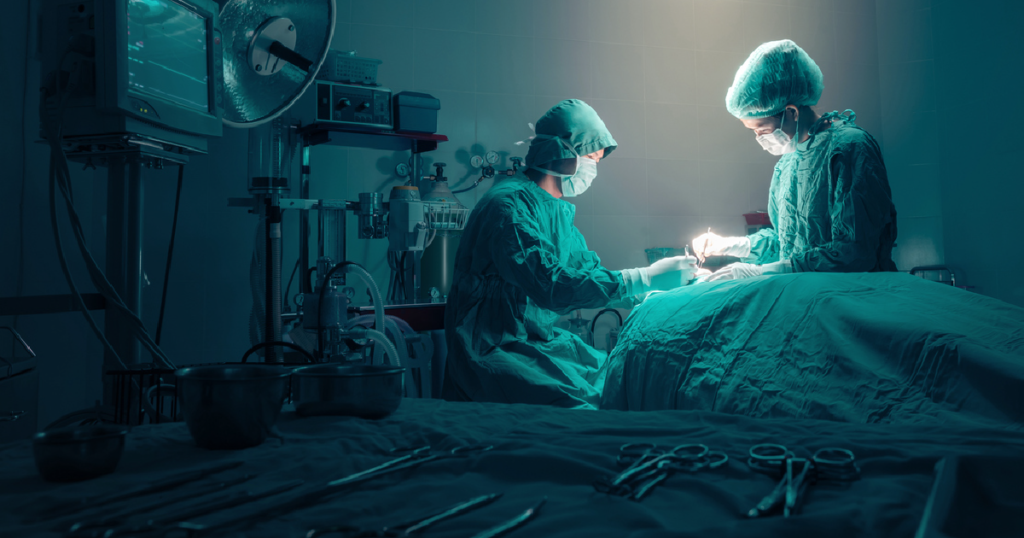Every morning I shuffle into the kitchen with a growling stomach, I’m reminded of this fact: My coffee maker delivers coffee. My toaster delivers toast. And my range delivers scrambled eggs. Yet it’s the electrical grid that delivers “breakfast”. Automation delivers human experiences. I was reminded of this recently.
If you haven’t watched Monday Live! Episode May 1st 2023 yet, I recommend it. I watched it, then I watched it again. Then I watched it a third time. What warranted such repeat viewings? Well, the panel’s discussion covered two issues I care about: climate change and smart buildings, but what really fascinated me was when the topic turned to hospital controls and the need (and opportunity) for “doing better” as host Anto Budiardjo put it.
Never at a loss for inspiring and insightful comments, Anto recounts a recent hospital experience, which left him a bit introspective about the impacts of smart systems on staff and patients. I work for a New Zealand-based SI that sees these challenges every day, and we believe the time for rethinking hospital controls is long overdue. So, Anto’s comments hit home.
His personal story reminded me of our industry’s immense contribution to people’s lives and experiences. We in the smart buildings game affect not only building budgets and carbon emissions, but real people’s lives, their comfort, their satisfaction, their sense of security and safety—you know, those things that make life tolerable.
Most of our buildings are filled with people. That’s their function: to house and care for people or to support those who do. This is a fact we must crow about! Whether it’s making a patient more comfortable or an office worker more productive, what we do makes modern living possible. Forget budget impacts; these are the human impacts of our work, and nowhere is the importance of system integration and automation more evident than in a hospital—a place where reliable and efficient systems save lives every day.

Nurses rely on complex machines and data networks to safely administer medicines, receive alarms, and tend to patients. Surgeons and operating theater technicians require a carefully orchestrated chorus of complicated equipment to perform life-saving surgeries. Water and steam supplies are integral to sanitation. The list goes on. Nowhere are the stakes for what we do higher than in medical facilities. And nowhere is it more evident that the end users of a facility are the raison d’etre. This isn’t a controversial idea, it’s just one we often forget.
Anto’s convalescence showed him (and me) that our messaging needs to highlight the integration side (the “smarts”) of smart buildings:
“It’s about…all the IT systems connecting the doctors and nurses and myself. [These systems] aren’t impacting how an MRI machine works or how a particular drug works. But what I witnessed was that everything worked a lot better from an operations perspective…because everything worked together.” (Emphasis mine).
He goes on to ask: “So I’m wondering if that shouldn’t be an angle for us to pursue much more—not just to focus on specific carbon reduction but to talk about how the smarts of buildings can actually make the whole thing work better?” (1:01).
Yes, Anto, an emphatic “Yes!” This is exactly the message we must push, Broad impacts. Big picture stuff. We work on the systemic level, not the component level. We operate on a meta level of logic chains and loops, algorithms, and systems of systems. On the human level, we don’t simply deliver air conditioning or lighting, we deliver experiences. Work experiences. Medical experiences. Human experiences.
Anto’s right. We can do better. As an industry, we can win over execs and owners to carbon lowering, energy saving tech with a human-centric appeal. We’re not just saving 20% of 1% of an electric bill, we’re saving people too. It’s the optimist in me that sees most people as caring about helping humanity more, and that’s who we need to focus on—the majority. Let government regulations force the rest to act.



